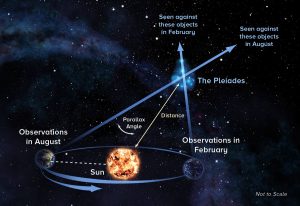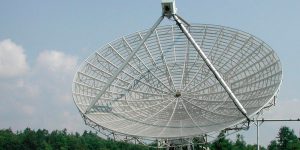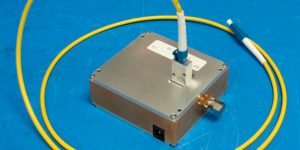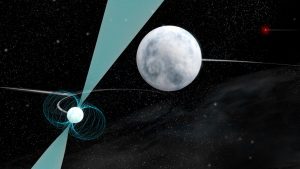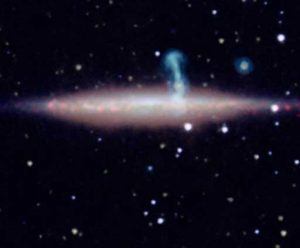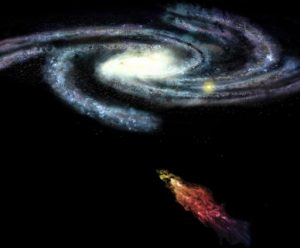Astronomers have used a worldwide network of radio telescopes to resolve a controversy over the distance to a famous star cluster — a controversy that posed a potential challenge to scientists’ basic understanding of how stars form and evolve.
NRAO Media Tip Sheet June 2014
VLBA measures expansion in the current Universe; VLA measures starting temperature for star formation; RATs celebrate 25th anniversary at Green Bank.
NRAO Media Tip Sheet: February 2014
Merging galaxy clusters, big boost for big data, and exciting sessions at the 2014 AAAS meeting
Pulsar in Stellar Triple System
Astronomers using the GBT have discovered a unique stellar system of two white dwarf stars and a superdense neutron star, all packed within a space smaller than Earth’s orbit around the Sun.
Surprising Image Provides New Tool for Studying a Galaxy
Astronomers studying gas halos around nearby galaxies were surprised Very Large Array showed that one of their subjects is not a single galaxy, but two, superimposed on the sky to masquerade as one.
Magnetic Force Field Shields Giant Gas Cloud
Doom may be averted for the Smith Cloud, a gigantic streamer of hydrogen gas that is on a collision course with the Milky Way Galaxy.






